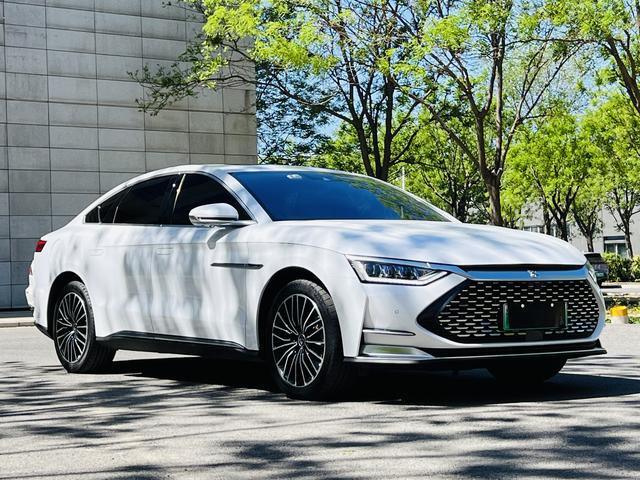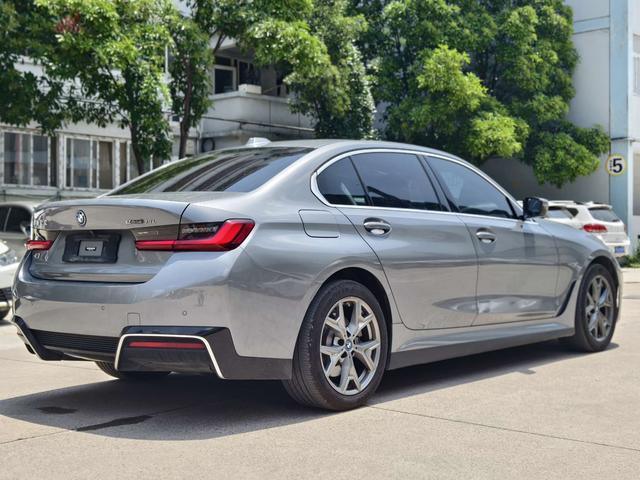Understanding the Revolution of Clean Transportation
The automotive industry is undergoing a remarkable transformation with new energy vehicles leading the charge toward a sustainable future. As more consumers recognize the environmental and economic benefits of these innovative vehicles, making an informed decision about which new energy vehicle best suits your lifestyle becomes increasingly important. This comprehensive guide will help you navigate the exciting world of clean transportation options and find your perfect match.
Key Technologies in Modern New Energy Vehicles
Battery Electric Vehicles (BEVs)
Battery electric vehicles represent the purest form of electric mobility, running solely on electricity stored in their battery packs. These vehicles offer zero direct emissions, lower maintenance costs, and impressive performance capabilities. Modern BEVs can achieve ranges of 250-400 miles on a single charge, making them increasingly practical for daily use and long-distance travel.
The latest battery technology developments have significantly improved charging speeds and energy density, addressing previous concerns about range anxiety. Many new energy vehicle manufacturers now incorporate advanced thermal management systems and smart charging capabilities, extending battery life and optimizing performance in various weather conditions.
Plug-in Hybrid Electric Vehicles (PHEVs)
PHEVs offer a compelling bridge between conventional vehicles and fully electric options. These vehicles combine an electric motor with a traditional internal combustion engine, providing the flexibility to run on either electricity or gasoline. For many consumers, this dual-power approach offers peace of mind while still delivering significant environmental benefits during daily commuting.
Modern PHEVs typically offer 30-50 miles of pure electric range, sufficient for most daily trips, while maintaining the ability to use gasoline for longer journeys. This versatility makes them an excellent choice for those new to electric mobility or those who frequently travel beyond the range of current BEV infrastructure.
Essential Factors in Your Decision Process
Daily Range Requirements
Understanding your typical daily driving patterns is crucial when selecting a new energy vehicle. Consider your regular commute, frequent destinations, and occasional long-distance travel needs. A detailed analysis of your driving habits will help determine whether a pure electric vehicle can meet your needs or if a plug-in hybrid might be more suitable.
Many modern new energy vehicle models offer sophisticated range prediction tools and navigation systems that account for factors like weather conditions, driving style, and terrain. These features help eliminate range anxiety and ensure you choose a vehicle that confidently meets your mobility requirements.
Charging Infrastructure Access
The availability of charging options significantly impacts the practicality of a new energy vehicle. Consider your access to home charging, workplace charging stations, and public charging networks. For apartment dwellers or those without dedicated parking, investigating nearby public charging facilities becomes particularly important.
Modern charging networks continue to expand rapidly, with many new installations offering fast-charging capabilities that can restore significant range in 30 minutes or less. Some new energy vehicle manufacturers also provide specialized charging networks or partnerships that enhance the charging experience for their customers.

Financial Considerations and Incentives
Total Cost of Ownership
While the initial purchase price of a new energy vehicle may be higher than comparable conventional vehicles, the total cost of ownership often proves more favorable. Calculate potential savings from reduced fuel costs, lower maintenance requirements, and available tax incentives. Many regions offer substantial rebates and tax credits for new energy vehicle purchases, significantly reducing the effective cost.
Consider also the potential resale value of your chosen vehicle. As technology advances and market acceptance grows, many new energy vehicles maintain strong residual values, particularly models from established manufacturers with proven reliability records.
Insurance and Maintenance Costs
Insurance costs for new energy vehicles can vary significantly based on the model and your location. While some insurers offer special rates for electric vehicles, others may charge premium rates due to higher repair costs. Research insurance quotes before making your final decision.
Maintenance costs typically prove lower for new energy vehicles, particularly battery electric models, due to fewer moving parts and simpler powertrains. However, specialized service requirements and potential battery replacement costs should factor into your long-term financial planning.
Frequently Asked Questions
How long do new energy vehicle batteries typically last?
Modern new energy vehicle batteries are designed to last 8-10 years or more, with many manufacturers offering warranties covering this period. The actual lifespan depends on various factors, including usage patterns, charging habits, and environmental conditions. Most vehicles maintain 70-80% of their original capacity after 8 years of regular use.
Can I use my new energy vehicle for long-distance travel?
Absolutely! With increasing range capabilities and expanding charging networks, long-distance travel in a new energy vehicle is entirely feasible. Modern navigation systems can plan routes including charging stops, and fast-charging technology makes quick top-ups possible during necessary breaks.
What happens if I run out of battery power?
Modern new energy vehicles provide extensive warning systems and range predictions to prevent complete battery depletion. However, if you do run out of power, most manufacturers offer roadside assistance services that can provide emergency charging or towing to the nearest charging station. Some vehicles also include reserve power for short distances in emergency situations.

